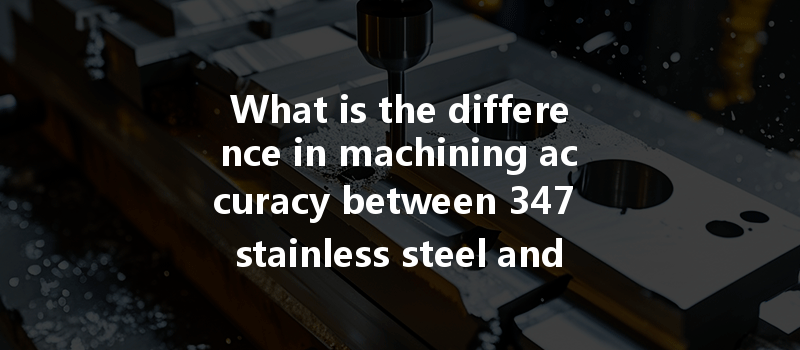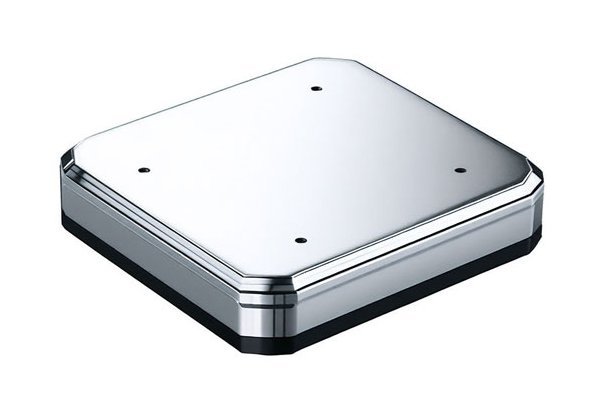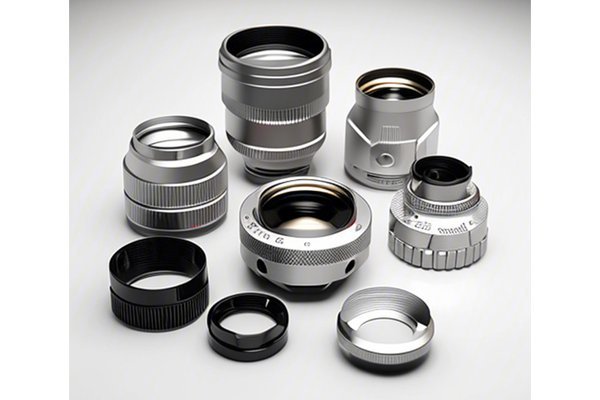When it comes to materials with exceptional corrosion resistance and strength, stainless steel is often the go-to choice for engineers and manufacturers alike. However, not all stainless steels are created equal. Did you know that the machining accuracy of 347 stainless steel can differ significantly from that of 316L stainless steel? This difference can impact everything from the structural integrity of a finished product to the costs associated with manufacturing it. In this blog, we’ll dive deep into the realms of these two stainless steel grades, explore their machining characteristics, and uncover what it means for your engineering projects.
The Allure of Stainless Steel
Stainless steel is known for its versatility and robust properties. It is an alloy primarily composed of iron, carbon, and chromium, which grants it unparalleled resistance to rust and oxidation. The addition of elements like nickel and molybdenum gives rise to different grades of stainless steel, each tailored for specific applications. Let’s consider two significant grades: 347 stainless steel and 316L stainless steel.
Both grades are widely used, but their distinct properties and performance in machining make them worthy of a closer examination.
Machining Accuracy: An Overview
Machining accuracy refers to the ability of a machining process to produce components that conform to specified tolerances and quality standards. This accuracy is crucial for ensuring that parts fit together correctly and perform their intended function. The factors that influence machining accuracy can be broadly categorized into:
347 stainless steel offers excellent stability at high temperatures, making it a preferred choice in applications where thermal stability is vital. However, this stability comes with its nuances when it comes to accuracy in machining.
a. Thermal Expansion
One significant factor in machining accuracy is thermal expansion, which can lead to dimensional changes during the machining process. Since 347 stainless steel is stable at high temperatures, proper heat management is required to minimize expansion discrepancies during cutting.
Solution: Employing tools with coatings that minimize friction can contribute to lower heat generation during machining. Additionally, using coolant fluids can help in controlling the temperature of the machining area, maintaining dimensional integrity.
b. Tool Wear Resistance
347 stainless steel is tough and can induce rapid tool wear, impacting the accuracy of machined parts. High tool wear translates to changes in tool geometry which can adversely affect the precision of the manufactured components.
Solution: Incorporating high-grade carbide or ceramic cutting tools can mitigate wear while maintaining sharp edges for precise cutting. Regular tool inspections should also be performed to ensure they are replaced before significant wear can affect machining accuracy.

316L stainless steel presents its own unique challenges and advantages in machining. Its low carbon content helps reduce carbide precipitation, enhancing corrosion resistance.
a. Chip Formation
The machining of 316L often leads to continuous chip formation, which can create serrated chips. These chips can interfere with the cutting process, potentially impacting accuracy.
Solution: Adopting a chip breaker design in cutting tools can help manage chip formation. The use of lubricants can facilitate smoother machining, reducing friction and preventing chip entanglement around the cutting tool.
b. Tool Selection and Geometry
The choice of cutting tool and its geometry profoundly influences the machining accuracy of 316L. The material’s toughness requires specific tool designs to ensure reliable performance.
Solution: Utilizing tools designed for tough materials, such as those with positive rake angles and specific coatings, can enhance accuracy. Choosing appropriate cutting speeds and feeds is also critical in maintaining tight tolerances.
Comparing Machining Accuracy: 347 vs. 316L
The differences in machining 347 vs. 316L stainless steel are vital for engineers to comprehend. Depending on project requirements, choosing the correct grade can greatly affect both the performance and cost-effectiveness of a finished product.
Practical Applications
Understanding the machining accuracy differences between these stainless steels is crucial in choosing materials for various applications:
The Future of Machining Technology
The manufacturing landscape continues to evolve. As new technologies, such as AI-driven machining and advanced robotics, emerge, they are set to revolutionize traditional practices. These advancements may alter how materials like 347 and 316L stainless steel are machined, enhancing accuracy while reducing lead times.
To wrap it up, understanding the nuances of machining accuracy between 347 and 316L stainless steels is essential for engineers and manufacturers. By assessing the properties, challenges, and solutions related to each material, one can make informed decisions that bolster the end success of projects. The choice of stainless steel—whether for aerospace, marine, or other high-stress environments—dictates not only the quality and durability of the finished products but also influences cost and machining time.
Remember, the implications of selecting the right material and processes extend far beyond immediate manufacturing—they can affect performance, safety, and longevity. Therefore, taking a moment to thoroughly evaluate these factors could save significant time and resources down the line. This blog serves as a reminder of the critical role that material properties play in machining, encouraging you to think critically about your choices in engineering design and manufacturing.






